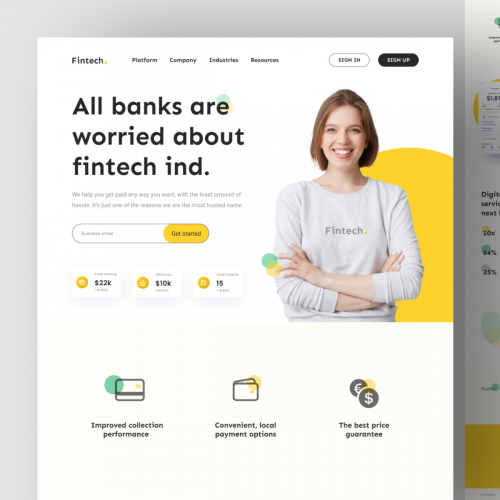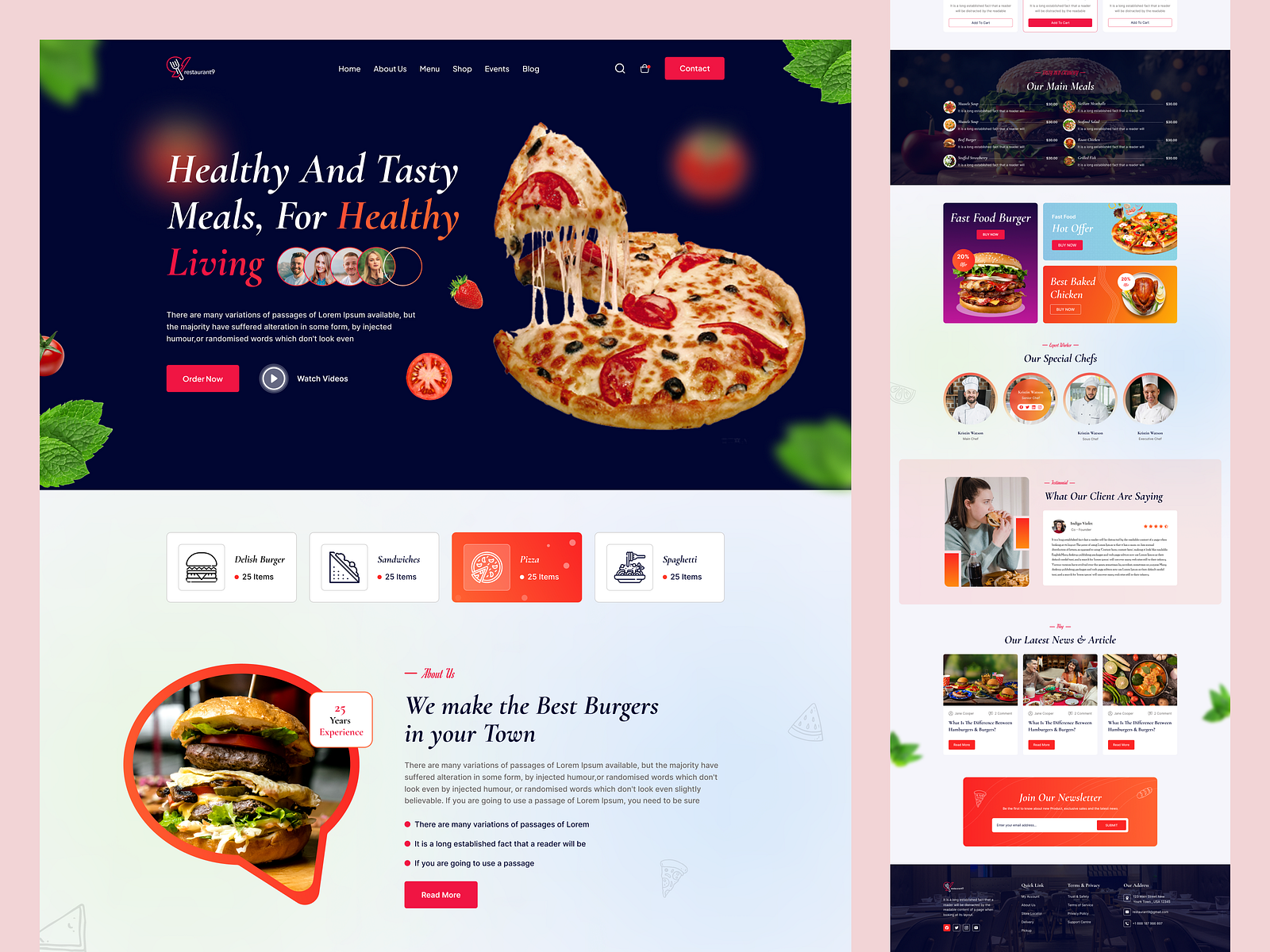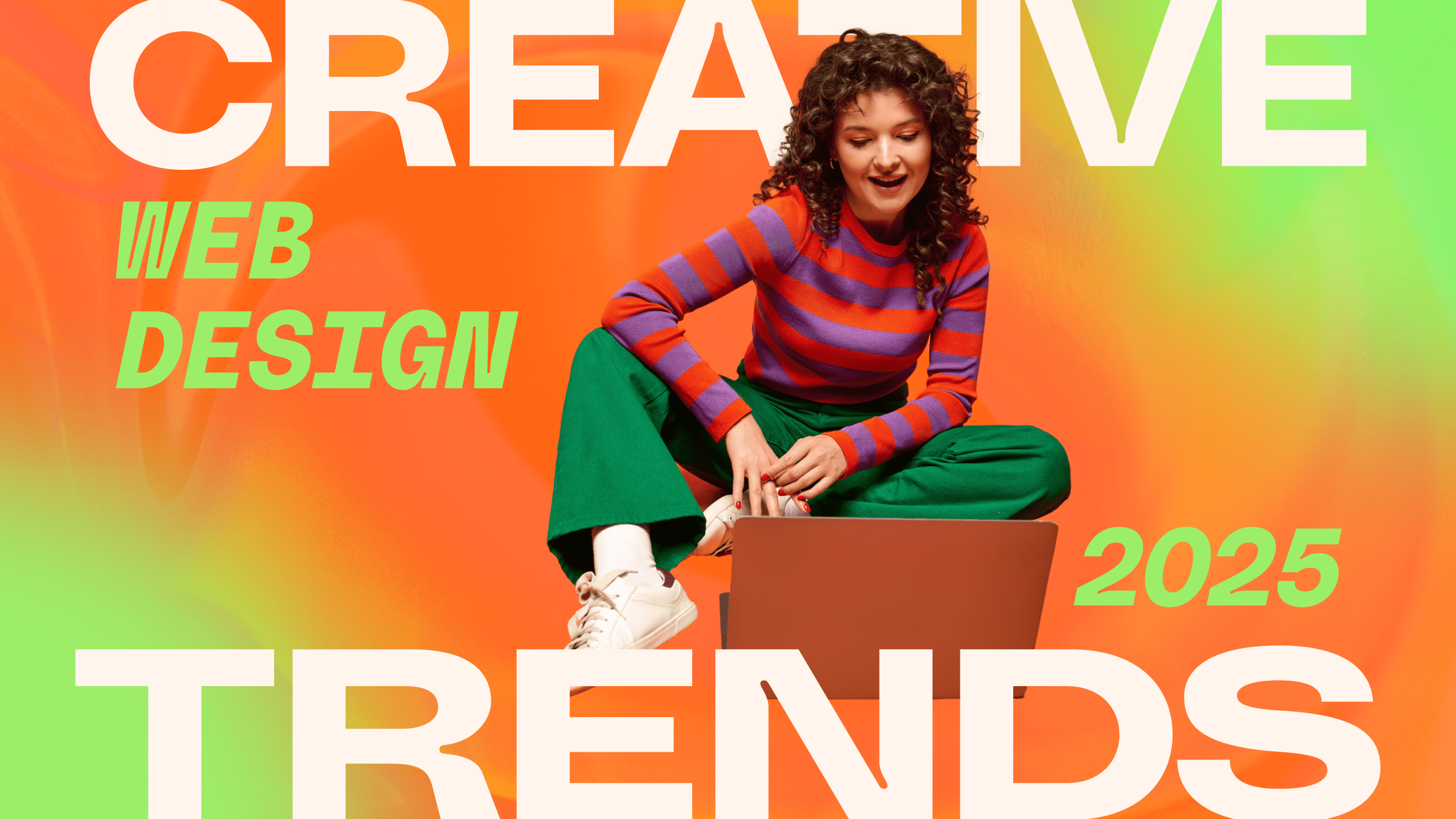Boost Involvement With Cutting-edge Web Site Design Solutions
In the realm of digital interaction, the relevance of cutting-edge website style solutions can not be overemphasized. An attentively crafted user experience, underpinned by strategic aesthetic design and interactive components, can considerably boost user involvement. By exploring numerous approaches such as responsive style and tailored web content, businesses can develop a platform that not only astounds individuals yet likewise cultivates long-term loyalty. Nevertheless, the difficulty lies in recognizing the nuances of customer actions and choices. This increases an important concern: what certain methods can be applied to guarantee that a site continues to be compelling and user-centric?
Understanding Individual Experience
Recognizing user experience (UX) is critical for developing effective internet site style remedies, as it straight influences just how individuals engage with electronic platforms. An extensive UX technique incorporates different elements, consisting of ease of access, user, and functionality fulfillment, all of which add to the general effectiveness of an internet site.
To begin with, use concentrates on exactly how conveniently customers can navigate and discover the info they look for. Access makes sure that all individuals, consisting of those with impairments, can efficiently communicate with the site.
Additionally, comprehending user personas is essential for tailoring the experience to meet specific audience demands. By carrying out user study and testing, designers can gather insights that notify style choices, ensuring the website not just satisfies aesthetic goals however likewise satisfies practical needs. Inevitably, a thoughtful strategy to UX design cultivates engagement, urges retention, and improves general individual contentment, which are essential for the success of any kind of digital system.
Visual Style Techniques
Integrating effective visual style approaches is crucial for capturing customer interest and improving the total user experience on a web site. A well-thought-out aesthetic hierarchy guides customers with the web content, permitting them to quickly browse and soak up details. This can be achieved with the critical use of typography, shade schemes, and spacing, which jointly create a cohesive and appealing layout.
Shade plays a critical duty in stimulating feelings and establishing brand identification. Using a balanced color combination that straightens with the brand's principles can promote experience and trust. Additionally, integrating top notch pictures and graphics boosts visual allure and can considerably boost individual interaction.
Whitespace, frequently ignored, is equally crucial as it enables content to breathe and prevents frustrating customers with mess. It helps with less complicated reading and understanding, causing an extra pleasurable browsing experience.

Interactive Aspects for Involvement

One trick aspect of interactive design is personalization. Tailoring experiences based upon customer behavior and choices can dramatically raise interaction. For example, personalized content recommendations or vibrant interface that adjust to private choices create a feeling of ownership and significance, inspiring individuals to discover better.
Gamification is an additional powerful approach. Incorporating game-like elements, such as success or incentives for completing tasks, can change mundane interactions into satisfying experiences. This approach not just enhances engagement however also urges customers to return, producing a dedicated target market.
Furthermore, interactive aspects can facilitate social sharing, amplifying an internet site's reach. Attributes like remark sections, share buttons, and user-generated material areas foster community interaction, transforming site visitors right into energetic individuals (website design copyright). Ultimately, the strategic usage of interactive aspects is vital for developing a compelling and engaging website that resonates with customers
Flexible and responsive Layout
A well-designed website needs to focus on flexible and receptive style to ensure optimal individual experiences throughout a selection of tools and screen sizes. Responsive style uses fluid grids and versatile pictures, permitting the design to automatically change based on the viewer's screen size. This strategy makes sure that customers can quickly browse and communicate with the material, regardless of whether they are using a desktop computer, tablet computer, or smartphone.
On the other hand, adaptive style utilizes predefined formats that are customized to certain gadget categories. This indicates that the site identifies the kind of tool being used and offers the suitable design, which can enhance packing times and optimize the display of crucial aspects. While both strategies intend to improve usability, receptive design is commonly preferred for its fluidness and smooth transition between gadgets.
Integrating adaptive and receptive design not only improves individual satisfaction however additionally positively impacts internet search engine positions. Look engines prioritize mobile-friendly sites, thus enhancing exposure and attracting even more visitors. Investing in these design approaches is essential for services looking to involve their audience properly and preserve a competitive edge in today's electronic landscape.
Analyzing Customer Comments and Information

Analyzing metrics such as bounce prices, time on page, and click-through prices offers a quantitative point of view on customer engagement. These metrics aid developers recognize which material reverberates and which areas might require optimization. Furthermore, A/B testing can be utilized to evaluate variants in style, enabling designers to make enlightened choices based on user communications.
Incorporating customer responses not only enhances internet site usability however also promotes a sense of neighborhood and count on. Involving with individuals through feedback loopholes grows commitment and motivates repeat sees. Ultimately, leveraging user feedback and information analysis is integral to creating a dynamic, user-centered website that adapts to advancing user demands and preferences, therefore driving higher engagement and complete satisfaction.
Final Thought
In verdict, innovative web site layout solutions substantially improve user involvement by prioritizing customer experience, employing effective aesthetic approaches, and integrating interactive elements. The application of flexible and receptive design guarantees availability throughout different tools, better cultivating individual communication.
An attentively crafted user experience, underpinned by tactical visual design and interactive components, can substantially boost user engagement.Integrating efficient visual design methods is important for capturing user focus and boosting the overall customer experience on an internet site.User comments and data evaluation are vital parts of effective internet site style, as they give important understandings right into customer behavior and choices. Inevitably, leveraging user feedback and information evaluation is integral to producing a dynamic, user-centered website that adapts to progressing individual requirements and preferences, consequently driving greater involvement and complete satisfaction.
In conclusion, innovative website design remedies substantially boost user involvement by prioritizing individual experience, check it out utilizing reliable aesthetic approaches, and incorporating right here interactive aspects.